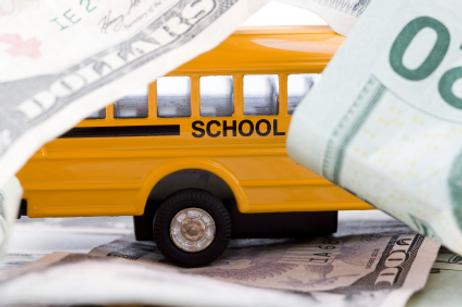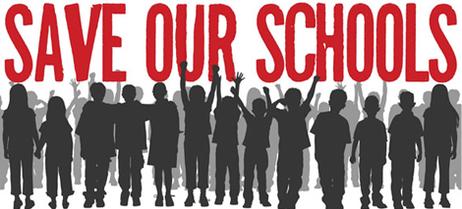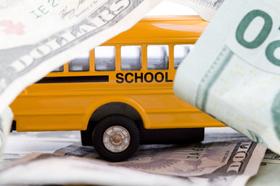Is Student-Based Funding Coming to Georgia Schools?
As schools look at various options to improve school and student performance, one variable consistently comes to the forefront – money. While many educators assert that bigger budgets could solve many of the problems in education today, politicians at all levels agree that more money is probably not needed in the foreseeable future for most school districts across the country. In place of more funding, some areas are now looking at different ways to allocate the money that is currently available. Student-based funding is the new buzzword for school districts interested in getting the money to the schools and students who need it most. Now, Georgia is joining the student-based funding bandwagon.
What is Student-Based Funding?
Student-based funding is a method of allotting funding to school districts and even individual schools based on the needs of individual students. This contrasts with traditional school funding determined by educational programs, creating an average amount spent on every student within a given district. Proponents of student-based funding argue that traditional funding results in disparities throughout the educational system, as schools with high-need students are left wanting resources. Student-based funding aims to reduce those disparities without needing additional money, which educators regularly champion.
This video offers a discussion of student-based funding.
According to the Annenberg Institute for School Reform website, student-based funding begins by assigning specific weights to each type of



















